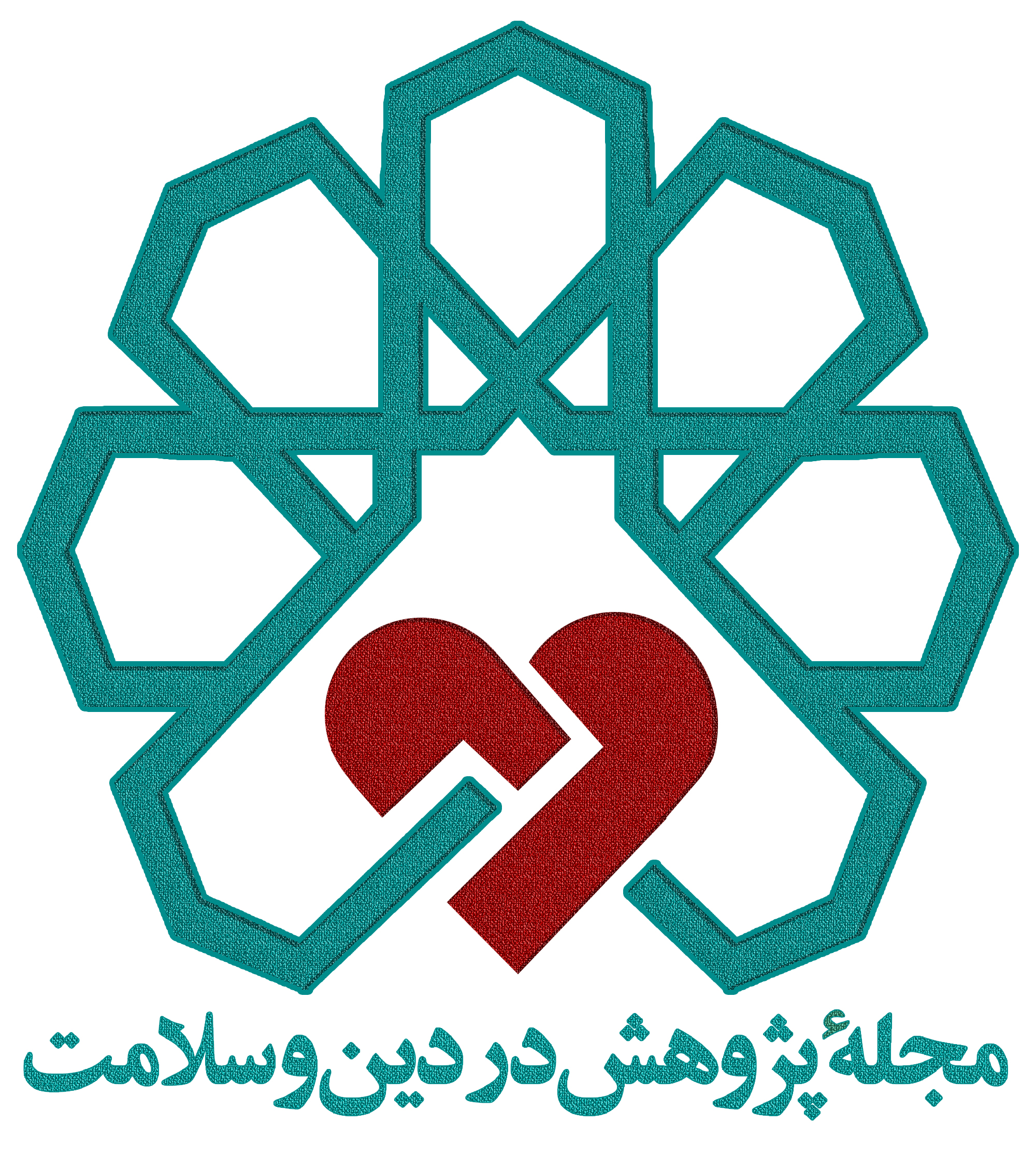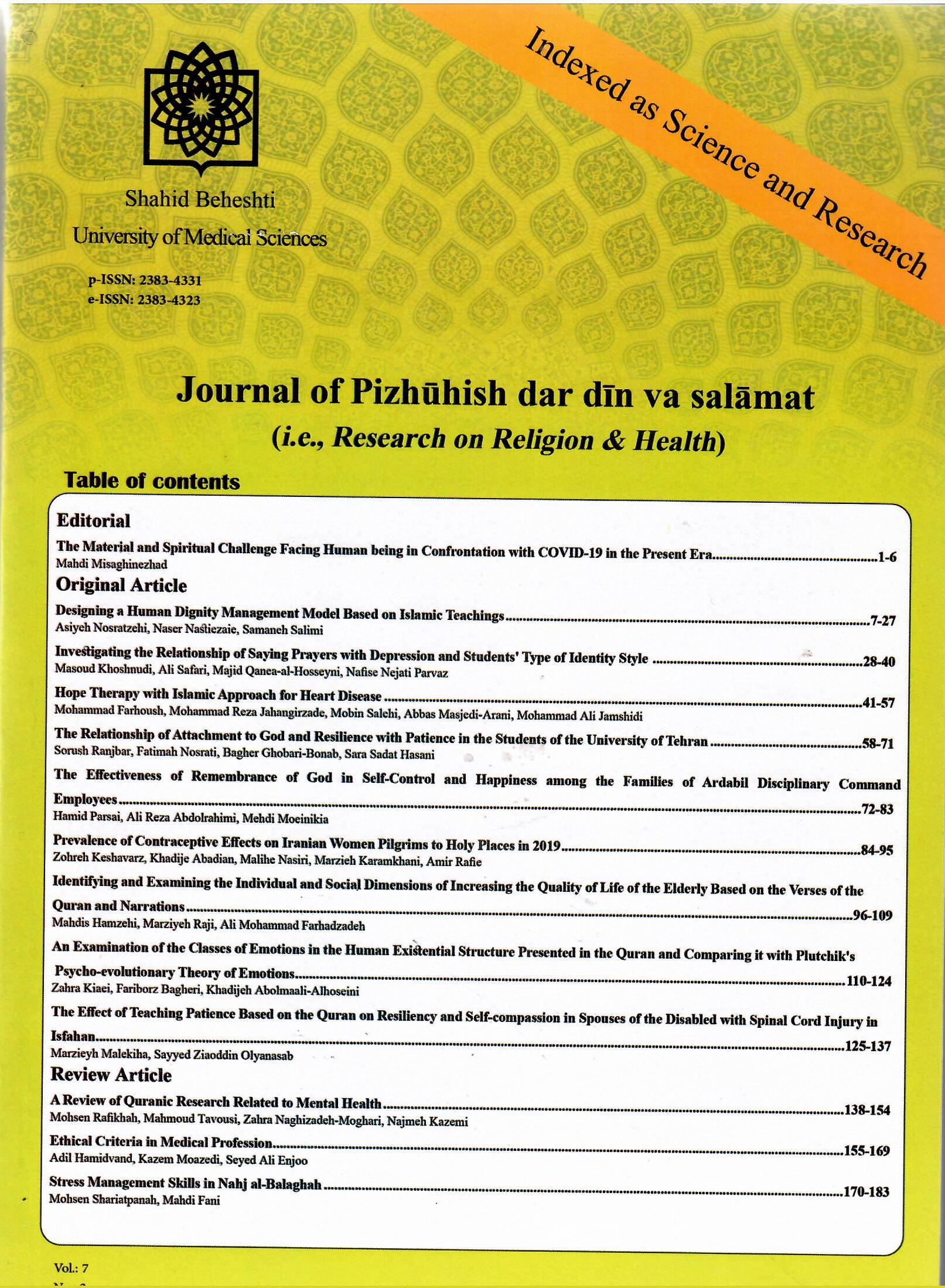Background and Objective: Cardiovascular diseases are one of the most important chronic diseases with many psychological effects such as extreme fatigue, anxiety and depression, which reduce the quality of life of the patients. In the meantime, it is important to pay attention to the role of hope. Hope is a positive psychological construct that protects people in the face of adversities. Given the importance of hope, Snyder developed the hope construct and its questionnaire. Therefore, the purpose of this study was to develop a hope therapy program based on Islamic teachings and the achievements of classical psychology.
Methods: The research method used in the present study was text-based and content analysis. To this end, the content related to the theory of hope in psychology and Islamic teachings was collected and analyzed. Based on the results of content analysis, the Hope construct consisted of seven components of knowing the purpose of life and having a tendency toward it, setting goals, motivation and self-motivational skills, trust, thoughtfulness, effort and the skill of coping with the obstacles. Then, the Islamic Hope Therapy package was designed for patients with heart diseases and its content validity was evaluated. After gathering the experts' opinion, the Hope Therapy Program was formulated with the final Islamic approach. In this study, all ethical considerations were observed and no conflict of interest was reported by the authors.
Results: The findings of the present study showed that the Islamic Hope Therapy program for patients with heart diseases consisted of eight ninety-minute sessions, which involved 1) establishing a therapeutic relationship and presenting goals and rationale behind the treatment, 2) becoming familiar with the purpose and meaning of life in Islam and strengthening its Attitude and role in hope, 3) Teaching goal-setting skills in line with the Main goals of life and setting meaningful, transparent, and logical goals, 4) explaining motivation and its importance, strengthening one's self-awareness of motivations, 5) spiritual motivation skills, 6) Planning and choosing the right path, enhancing creativity and planning skills, 7) the skill of encountering the obstacles and flexibility skills, 8) increasing the remembrance of God and having trust in Him and drawing conclusions.
Conclusion: Hope Therapy with Islamic approach has positive spiritual and psychological dimensions and is different from the Classic Hope Therapy.
Please cite this article as: Farhoush M, Jahangirzade MR, Salehi M, Masjedi-Arani A, Jamshidi MA. Hope Therapy with Islamic Approach for Heart Disease. Journal of Pizhūhish dar dīn va salāmat. 2021;7(2):41-57. https://doi.org/10.22037/jrrh.v7i2.29715

